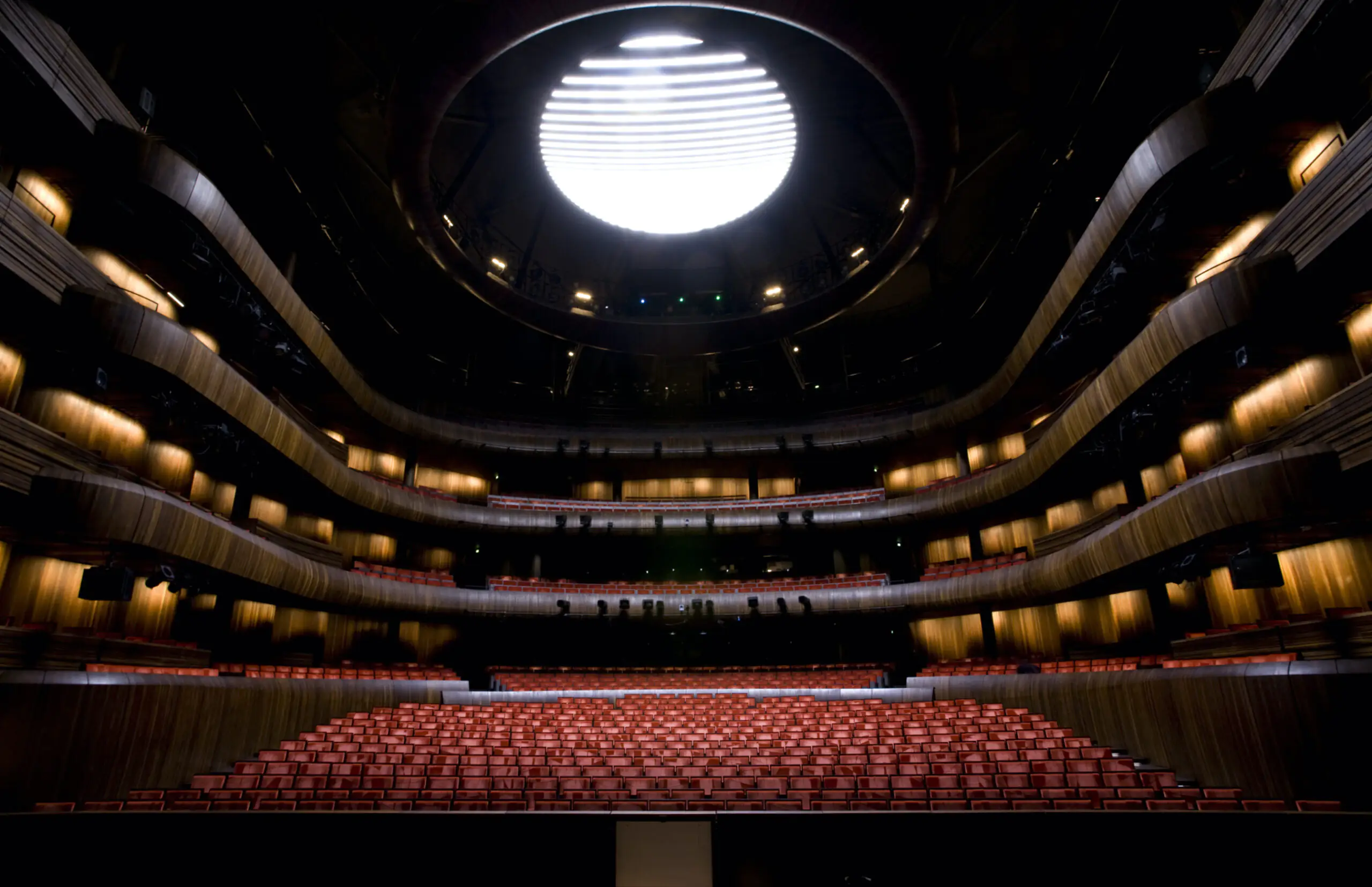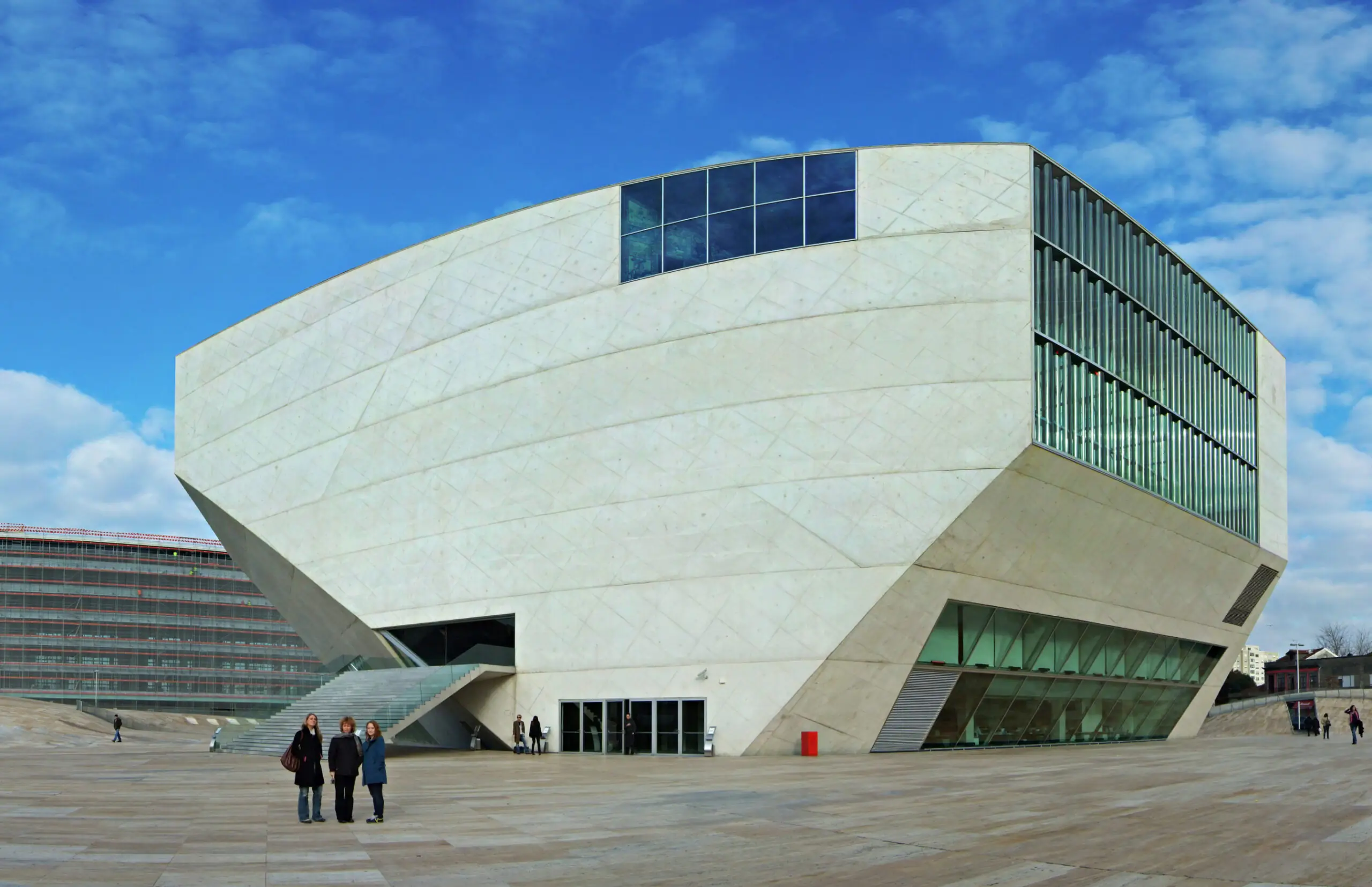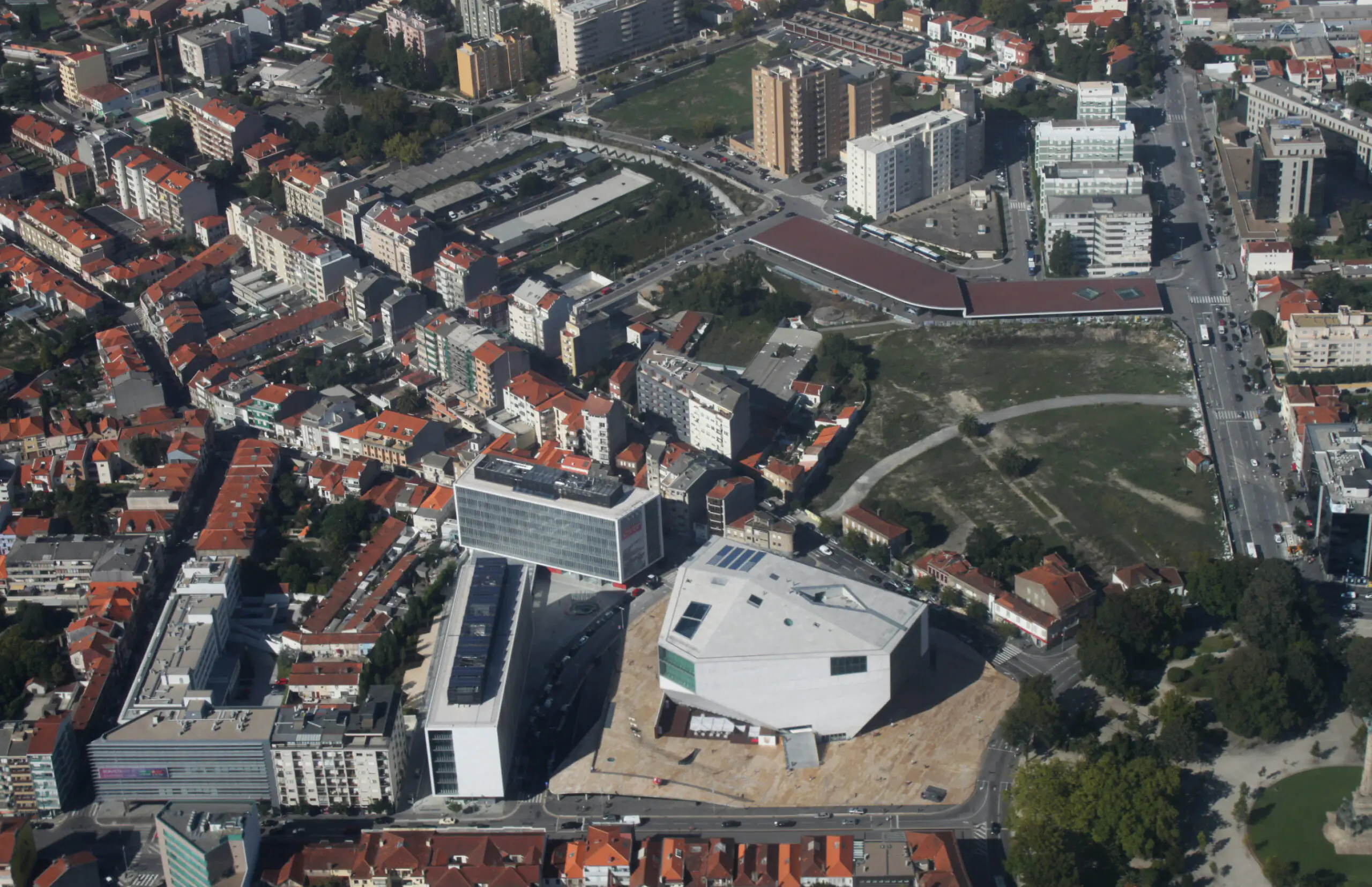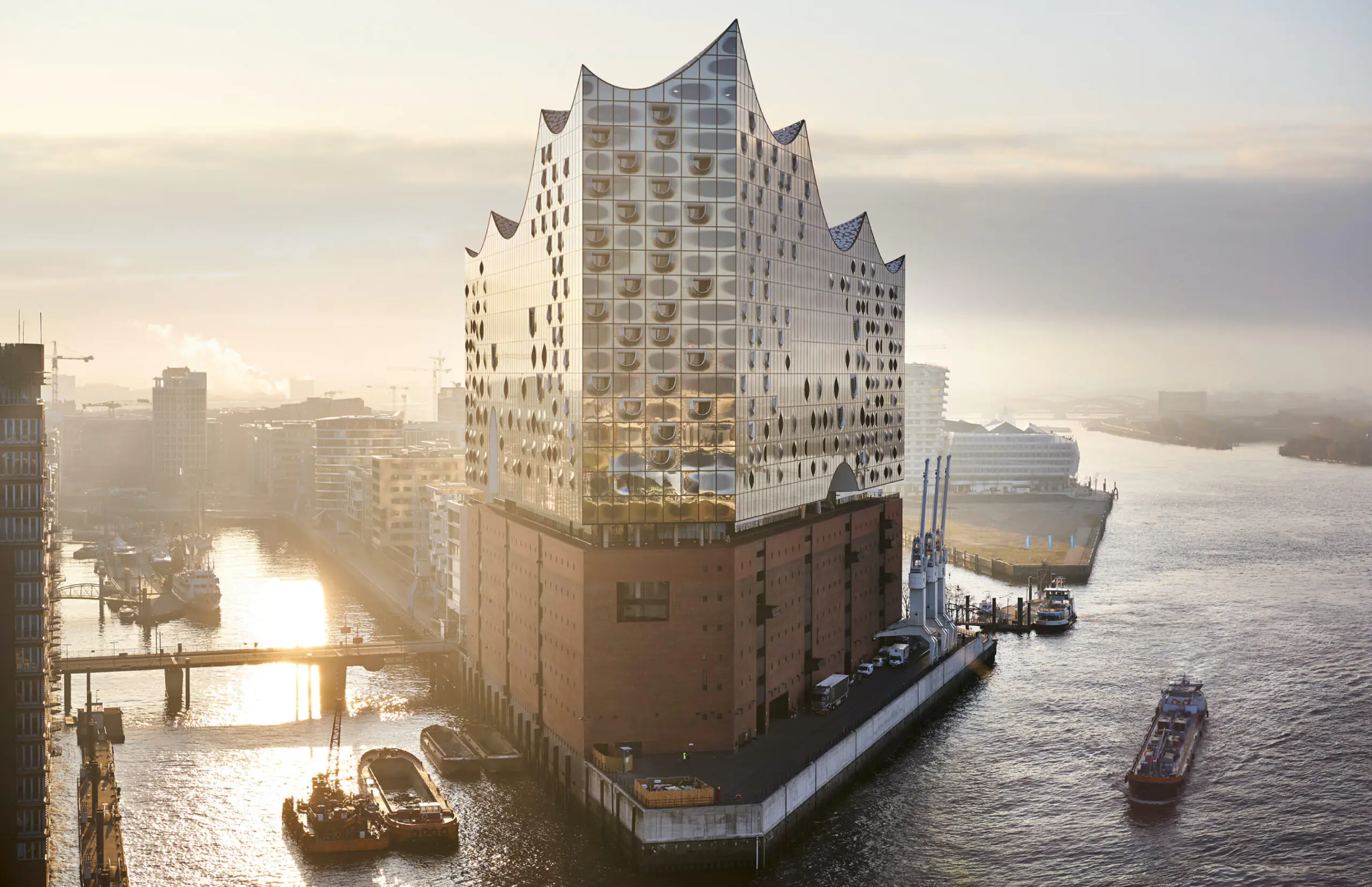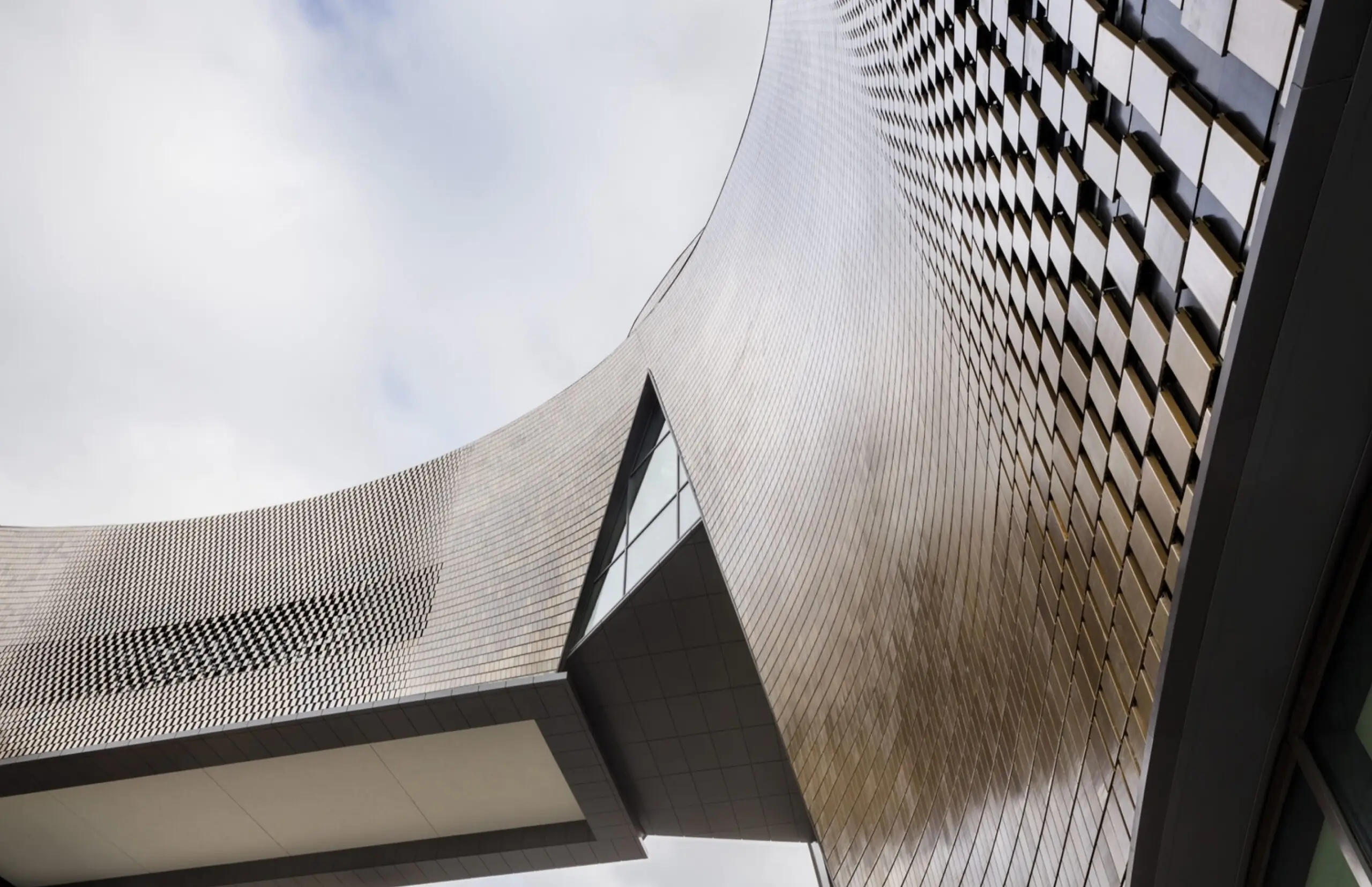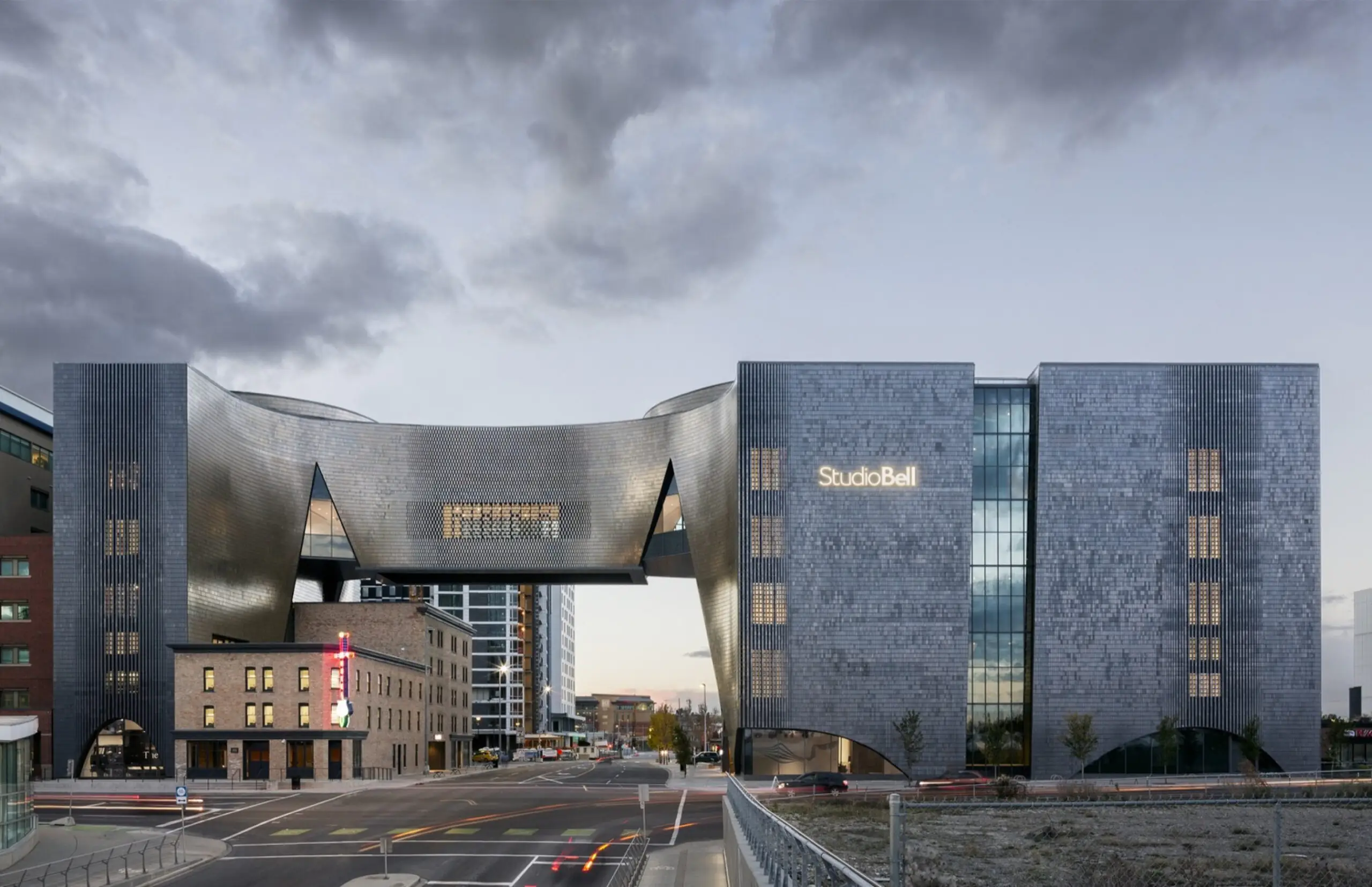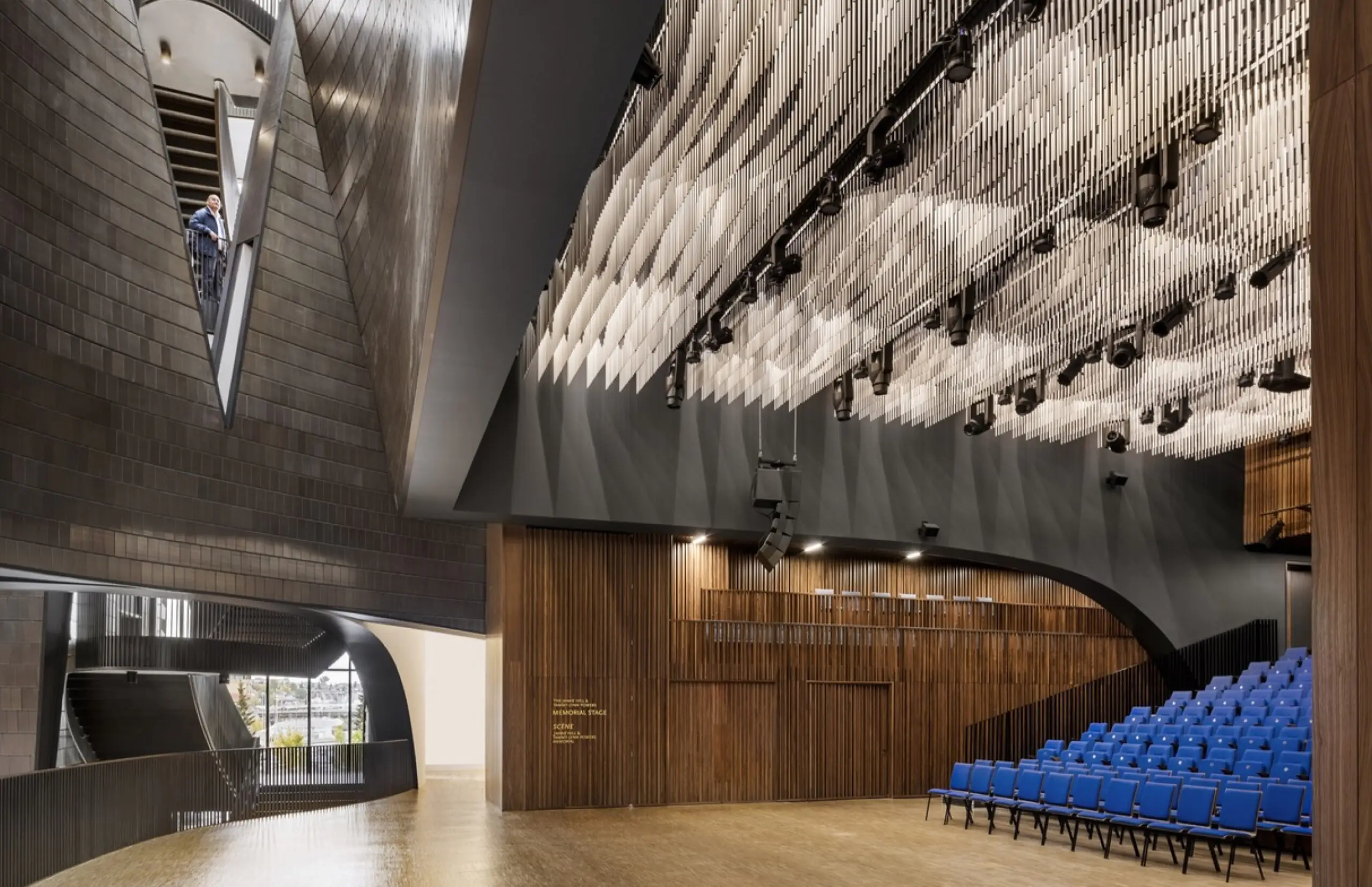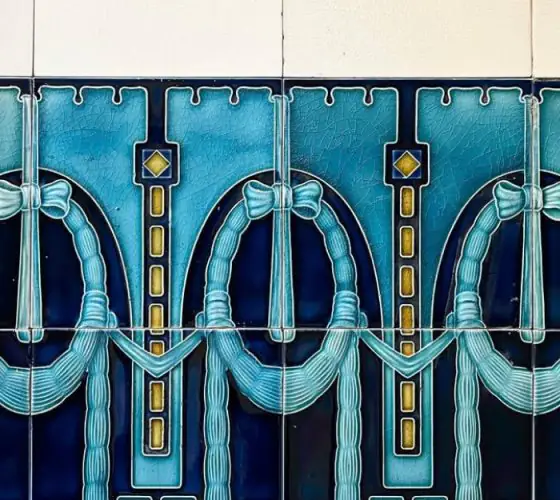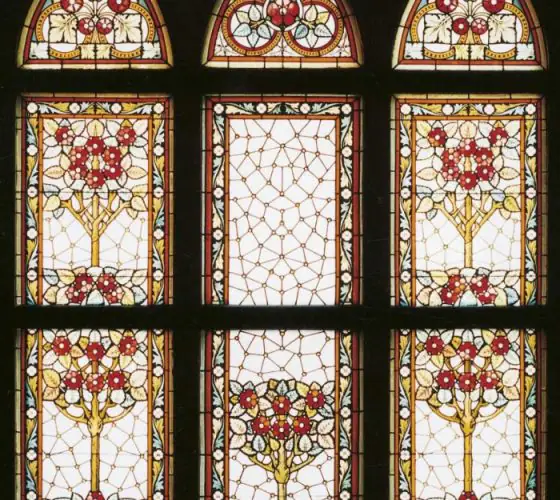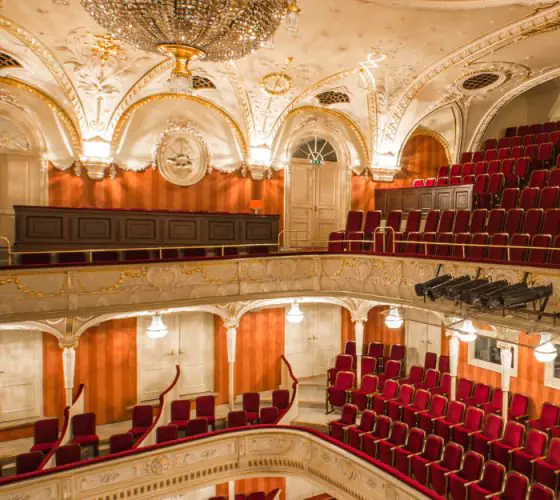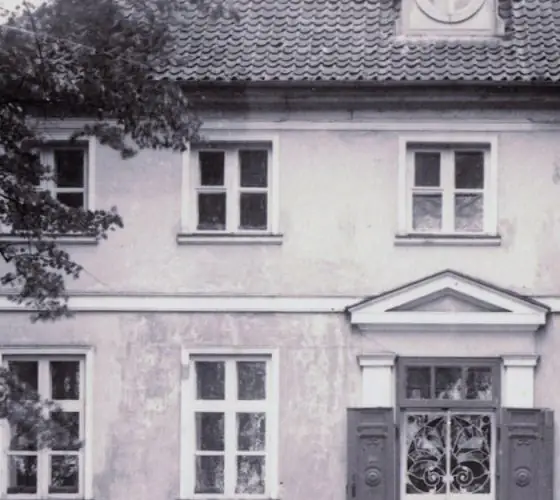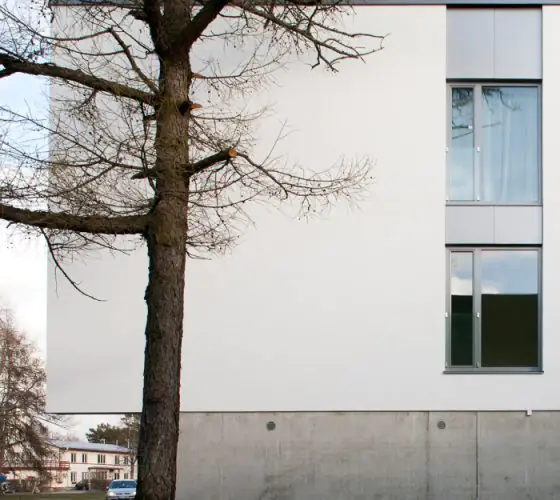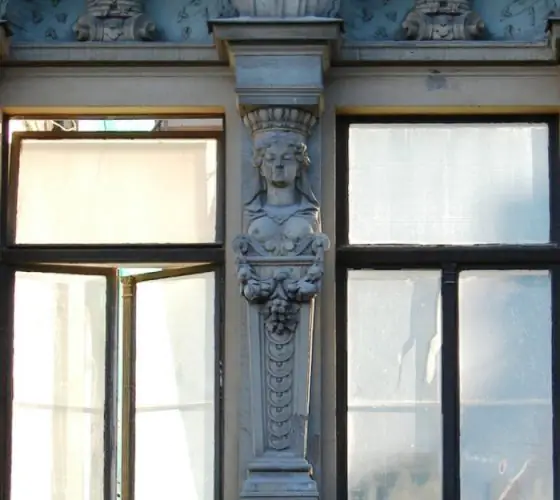Riga is currently holding an international competition for a new philharmonic hall in the Congress Centre. The first stage ended on May 10. While the jury selects the six finalists, we have collected examples of the most famous concert halls built in different parts of the world. Read about the competition and the Riga Philharmonic’s difficult fate in the previous article.
What the Modern Listener Wants
In 2015, the famous American violinist and conductor Alan Gilbert gave a lecture at the Royal Philharmonic Society in the UK entitled “Orchestras in the 21st Century—a new paradigm”. He talked about how the demands of today’s audiences are changing and why people continue to come to live performances.
Gilbert said in part:
“Music has an eternal power to move us, and increasingly, schools and professional music groups are embracing the new role that musicians can fill in touching people’s lives both in and out of the concert hall”.
Tickets to an academic concert have always been expensive. But today, Gilbert says, troupes are in a particularly tight spot. They are competing not only with each other, but with a host of other forms of entertainment that are just a click or two away.
To stay popular and bring the value of live music to new audiences, orchestras are using social media, streaming services, concert broadcasts, and other channels. Digital versions of performances have become as important as live ones: no concert venue is left without a recording schedule, says Gilbert.
And architecture is another important tool for promoting and democratizing academic music.
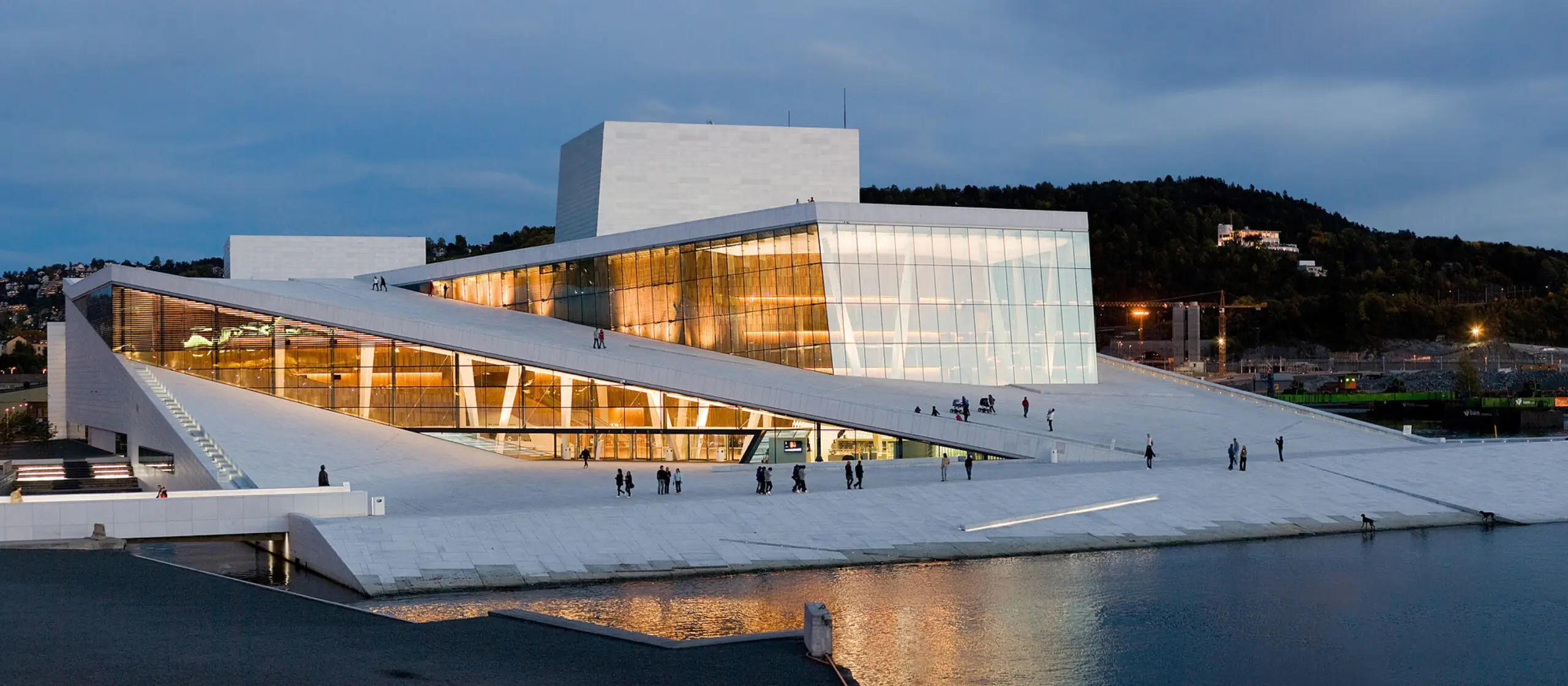
wikipedia.org
Is Opera an Art for Snobs?
“Opera is a snobbish art,” says Robert Greenwood, architect and co-owner of the Norwegian architectural firm Snøhetta. As a result, opera was not a very popular form of entertainment in Norway until recently. Then, in 2000, Oslo decided to build a new national opera house. And everything changed.
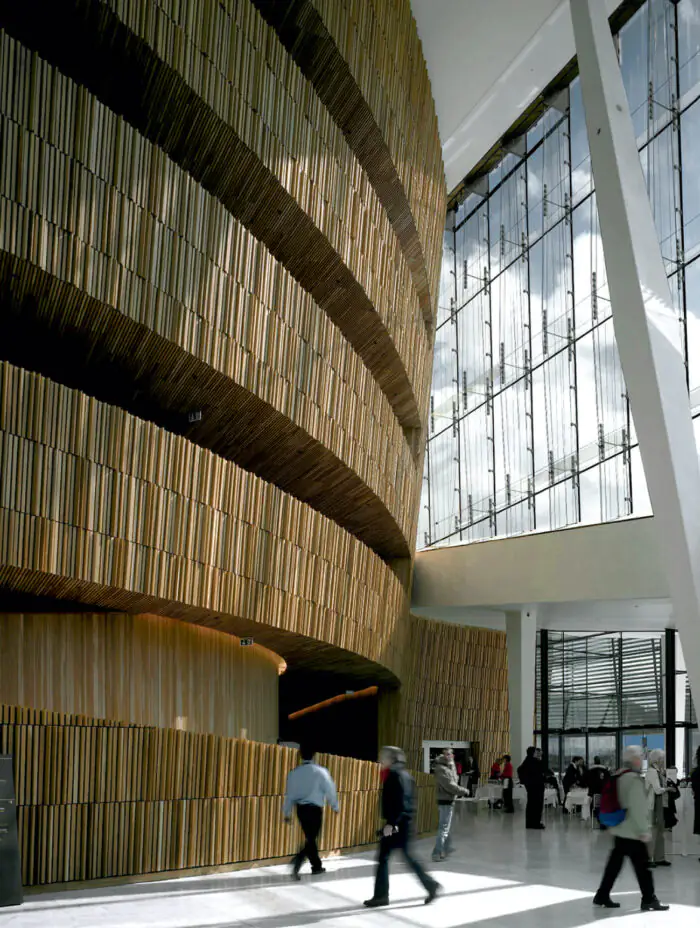
arquitecturaviva.com
After an open competition, the city selected Snøhetta as the best of more than six hundred entries. Greenwood says the architects wanted to make the building as public as possible. As is typical for an opera house, the building is clad in a noble material, white Carrara marble, which looks particularly picturesque in the snow of Norway’s long winters.
But the form was not classical, with colonnades and strict structure, but natural in the shape of a mountain. The site was too small for a full-scale square, so the main public space is the stone “slopes”.
From the ground floor, visitors climb steps and ramps to the top of the building, which offers a panoramic view of the Oslo Fjord bay and the central part of the city. People come here even in the worst weather. “And when you can walk around the building, you take ownership of it,” says Greenwood. And that’s how you start to love the opera.
Occasionally, the roof is used as an additional auditorium: for example, 70,000 people watched a broadcast of a production for which there were not enough tickets. There is no special box for the King of Norway in the main auditorium. The glass walls of the workshops and rehearsal rooms allow anyone to take a look inside the theater.
After 15 years, the Norwegian Opera has become one of Oslo’s main symbols. Performances are always full, and tickets sell out quickly. Greenwood rightly believes that Snøhetta’s office has a hand in this.
Music for Everyone
In the 21st century, the architecture of theaters and philharmonic halls has undergone the same changes as that of museums. They tend to avoid the appearance of elitist institutions, which require a special form of dress and the observance of strict etiquette. Such halls, assuming a large degree of freedom, are one of the favorite typologies of the Dutch firm OMA, led by Pritzker Prize winner Rem Koolhaas.
The first such project in OMA’s practice was the House of Music in Portu. It was completed in 2005. Since the building is located on the edge of a working-class neighborhood, it was particularly important to emphasize the social role of the place and not to create additional barriers between the public and the local community. For this reason, the building has a very unusual appearance: its area has been minimized by the shape of a crystal that tapers off at the bottom.
The building is surrounded on all sides by a public square of travertine slabs. It has no central foyer, typical of such places. So instead the main hall is enveloped in a chain of stairs, platforms and escalators to “turn a visit to the building into an architectural adventure”.
A very similar concept was developed 15 years later at OMA’s Taipei Performing Arts Center (TPAC), which was recently completed in Taiwan’s capital city. Even before its official opening, CNN included the project in its list of “buildings that will change the world” in 2022, and Time listed it as one of the top 100 world landmarks.
One of the main features is the so-called Public Loop. It is a system of passageways that runs through the building from the first level to the top floor and has many windows overlooking the stages of the three auditoriums, as well as the service rooms. You can walk through the Public Loop without a ticket and watch the performances and set installation.
During the presentation of the project, Koolhaas talked that fighting standards helps to overcome social stratification: it brings theater back to ancient times, when it was a truly popular folk art.

archdaily.com

archdaily.com
Philharmonic on the Water
Japanese engineer Yasuhisa Toyota is the world’s foremost expert in acoustic system design. He has worked on the most important concert halls, including the Elbphilharmonie. The building, designed by Herzog & de Meuron, is located in Hamburg and is considered one of Germany’s landmark construction projects. It took ten years to complete.
The main hall is covered with ten thousand acoustic plaster panels. Together they form a giant jigsaw puzzle, each piece uniquely shaped. Today this space is esteemed as one of the best in Europe in terms of sound quality.
Herzog & de Meuron worked with equal care on the exterior of the Philharmonie. The basis of the project was the old brick warehouse building, combined with a new structure of six hundred wavy glass panels. These are complemented by pointed “waves” in which the frozen ice sculpture and the roof of the 1963 Hans Scharun Philharmonie can be seen.
The last reference is probably no coincidence. The Elbphilharmonie is shaped like a “vineyard”, a type of concert hall in which rows of seats are arranged on sloping terraces and surround the stage on all sides. It first appeared in Sharun’s project as a contrast to the “shoe box” – the classic rectangular concert hall.
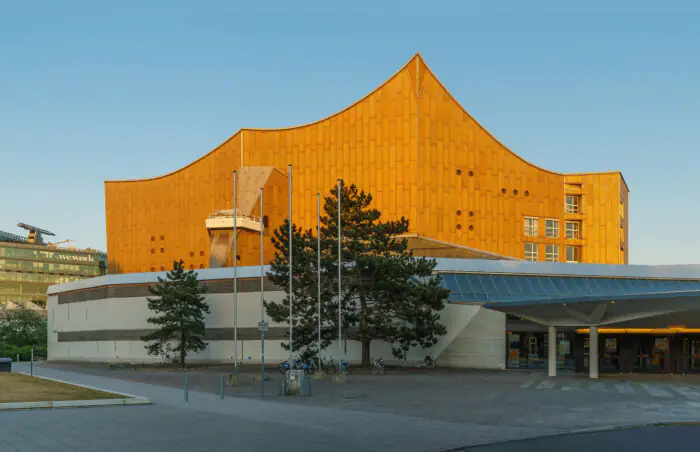
wikipedia.org
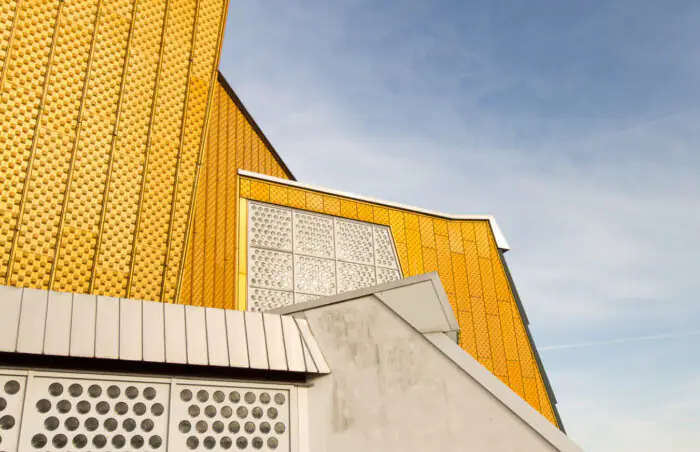
wikipedia.org
Another feature of the Elbphilharmonie is the public observation deck with a panoramic view of Hamburg’s city center and harbor. It is open daily and free of charge. A very long escalator leads from the first floor to the observation deck, which runs through the entire building. The way up is quite a spectacle.
The Philharmonie plays a prominent role in Hamburg’s urban life and has a powerful connecting potential not only for classical music lovers, but also for all citizens and tourists of Hamburg. Six years after its opening, it is fair to say that the Philharmonic has become an important driving force in the development of Hamburg and a source of collective pride as well as part of the city’s identity.
Aria in the Northern Lights
The Harpa Concert Hall and Conference Center in Reykjavik is another example of a music hall that has become a landmark. People from all over the world come to the city’s waterfront to wander through the main lobby, which is open at all hours.
Harpa is composed of the national icons and symbols of Iceland. Its name refers to an ancient string instrument and the first summer month in the old Scandinavian calendar. The hall is like the backbone of a mountain, and the amphitheater hidden behind it is, as the project’s authors put it, “a red-hot center of power”, similar to the lava in one of Iceland’s hundreds of volcanoes.
The most spectacular part of the building, the shimmering glass facade, is inspired by the Northern Lights and faceted basalt rocks. Henning Larsen Architects collaborated on the design with Danish-Icelandic artist Olafur Eliasson, known for his experiments with color and light.
Eliasson was the one who proposed to create 890 volumetric glass cells made of different types of glass. They reflect the sunlight during the day and turn the building into a giant glowing lantern at night. And it’s not just beautiful: the three-dimensional hexagonal blocks of glass isolate the concert hall from noise and stormy weather.
Music without Convention
One of the most unusual national music centers is in Calgary, Canada: the Studio Bell project, completed in 2016. The building combines exhibition and concert spaces, and architect Brad Cloepfil decided not to separate them with walls. He did just the opposite: the 300-seat main concert hall has no rigid physical boundaries and is surrounded by exhibition galleries with bridge crossings.
This spatial solution gives visitors a fundamentally new sensory experience. They no longer have to squeeze through the crowd in the cramped foyer to listen to the music—they are in the center of the event as soon as they cross the threshold of the building. Music accompanies them everywhere, and the same song is heard differently in different parts of the building due to the acoustics, making the listening experience even more subjective.
By freeing architecture from convention, Cloepfil gives the listener more freedom.


